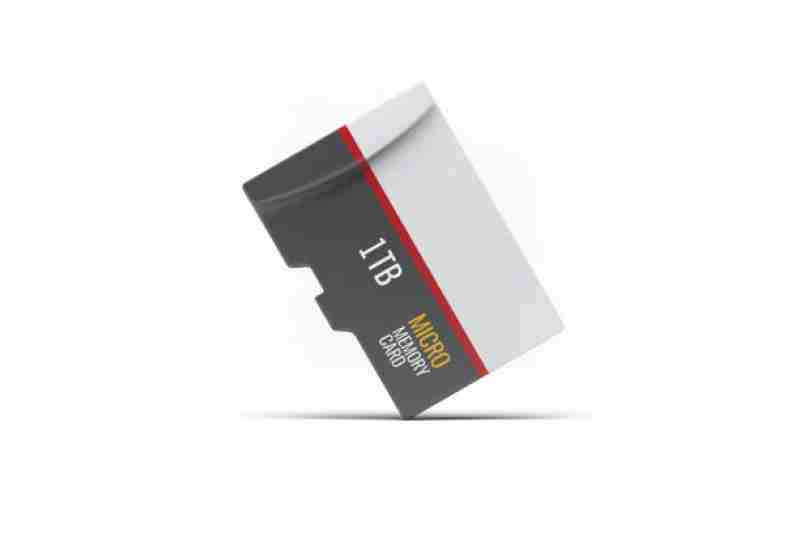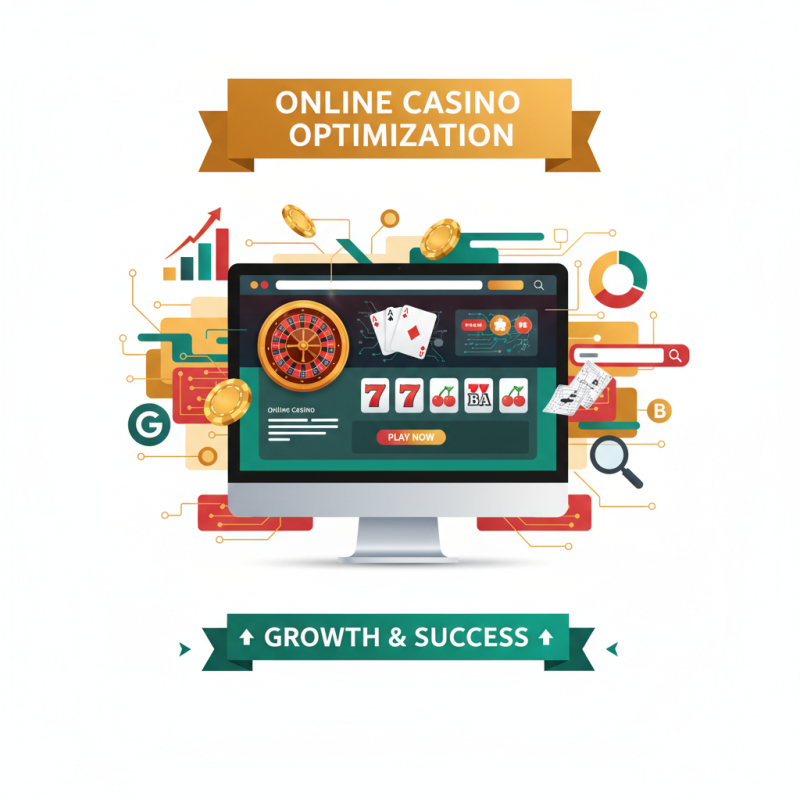Marketing
Understanding the Differences Between 1TB NVMe SSDs and Portable Hard Drives

From business users to gamers, everyone needs efficient storage to handle growing data demands. Choosing between a 1TB NVMe SSD and portable hard drives depends on how you balance speed, durability, and cost. Both options play vital roles in today’s tech landscape—but understanding their differences can help you invest wisely.
The High-Speed Advantage of a 1TB NVMe SSD
The 1TB NVMe SSD is a powerhouse of performance. It uses PCIe technology to enable lightning-fast data transfer speeds, reducing system lag and improving productivity.
Exceptional Speed for Professionals and GamersFor anyone running demanding applications—video editors, programmers, or gamers—a 1TB NVMe SSD offers unparalleled responsiveness. It cuts down load times, accelerates rendering, and ensures smooth multitasking without bottlenecks.
Compact, Quiet, and Long-LastingIts solid-state design means there are no moving parts, resulting in silent operation and reduced risk of damage. The compact M.2 format also fits easily into ultrabooks and gaming rigs, maximizing both performance and space efficiency.
Why Portable Hard Drives Still Have a Place
Despite the surge in SSD popularity, portable hard drives remain indispensable for many users.
More Storage for Less MoneyIf you need massive storage at an affordable price, portable hard drives are unbeatable. They can store several terabytes of data—perfect for backups, movies, and large collections of photos.
Great for Travel and BackupTheir plug-and-play functionality allows easy file transfers across different devices. Many portable hard drives also feature hardware encryption, providing an extra layer of security for sensitive data on the go.
Conclusion
When it comes to storage, there’s no one-size-fits-all solution. The 1TB NVMe SSD delivers blazing-fast performance for real-time applications, while portable hard drives offer spacious, cost-effective storage for long-term use. Combining the two gives users the ultimate mix of speed and capacity—ideal for the modern digital lifestyle.
Source:
Click for the: Full Story
You might like













 Close Menu
Close Menu